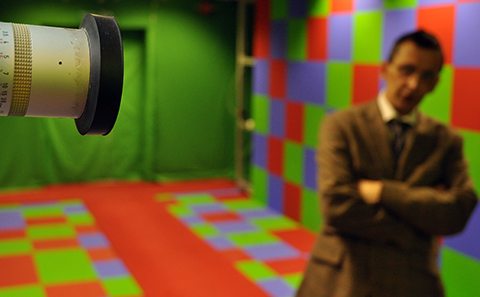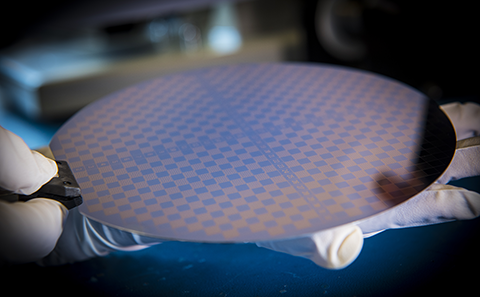
Web and Internet Science (WAIS)
WAIS brings together an interdisciplinary team of people who dedicate their efforts to better understand the origin, evolution and growth of the World Wide Web and the internet.


WAIS brings together an interdisciplinary team of people who dedicate their efforts to better understand the origin, evolution and growth of the World Wide Web and the internet.

Vision, Learning and Control (VLC) is a highly numerate group within ECS covering much of the central theory in Electronics, Electrical Engineering and Computer Science.

The IT Innovation Centre is a hub for research activity that strives to improve our understanding of information technologies and how they can be optimised in industry and commerce.

Mobile multimedia communications have become part of everyday life right across the globe. However, the provision of flawless ‘tele-presence’ services requires a further quantum leap in research if we are to move forward.

Focusses on fabrication and engineering from the microscale down to the nanometre scale to produce a wide range of novel devices, materials and integrated systems.